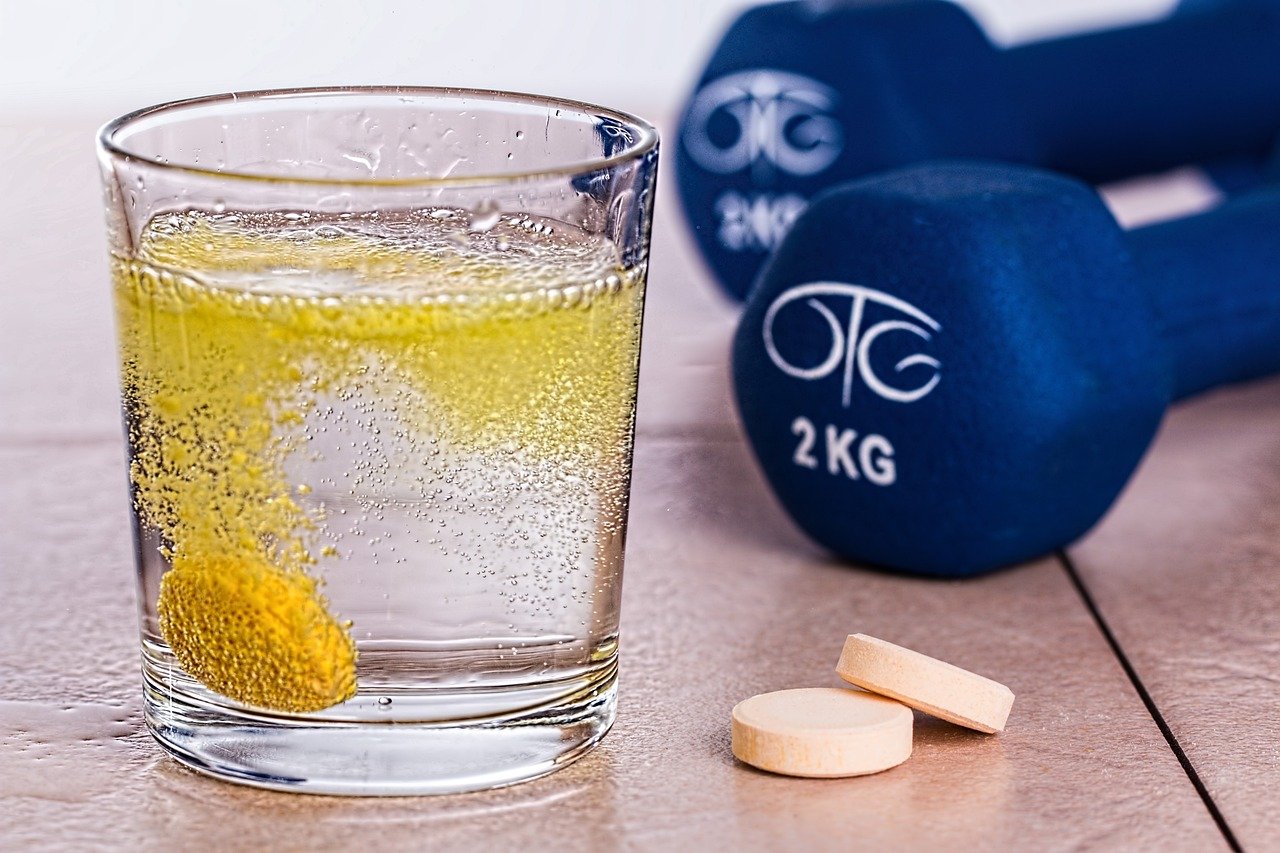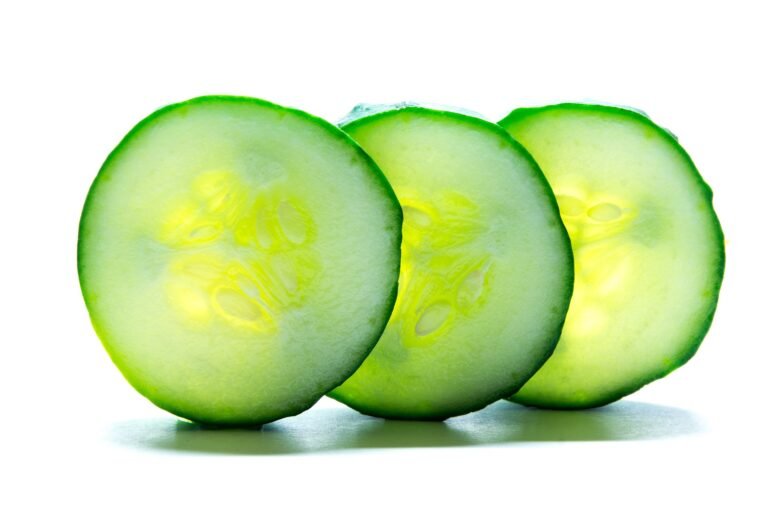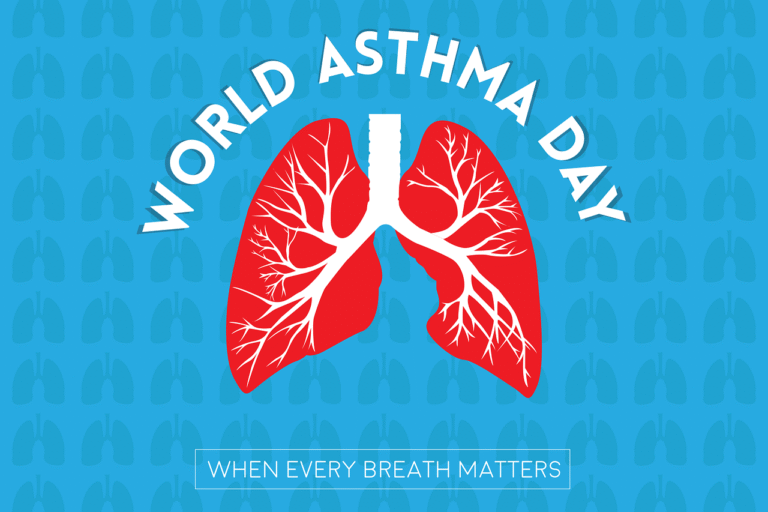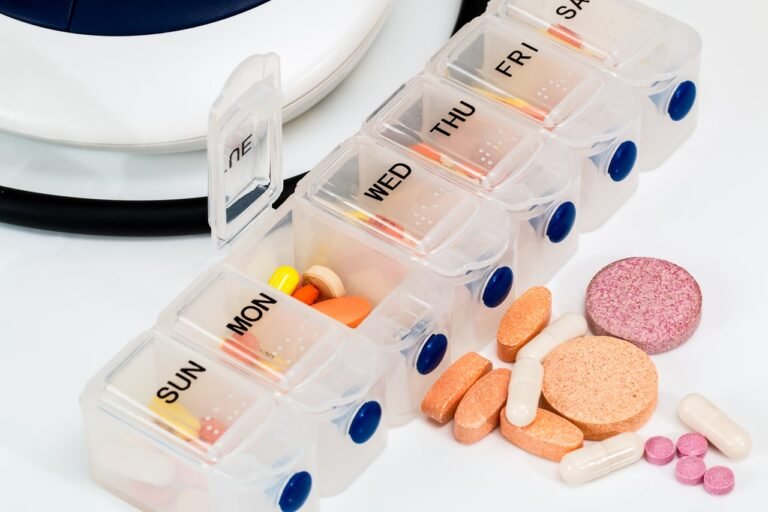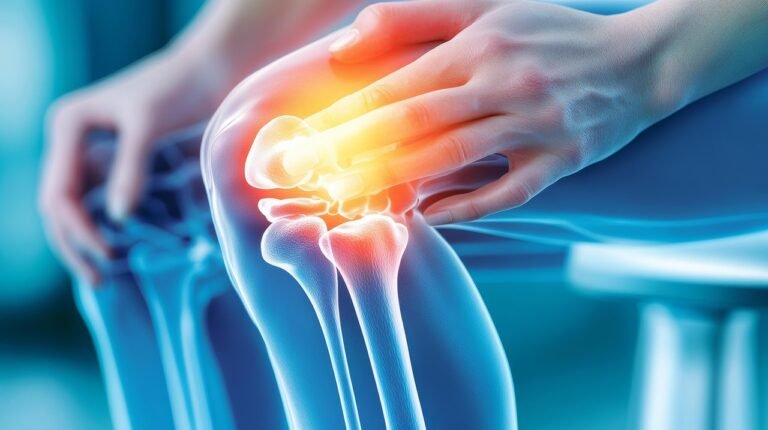A 42-year-old woman diagnosed with osteopenia, and osteoporosis in some bones, wonders how it is possible that she has this problem at her age, consuming milk and dairy products throughout her life, enough calcium to form stone bones.
Osteoporosis, it begins to develop many years before loss of height, curvature of the spine, and fractured bones, it is a slow, gradual thinning and weakening of bones process.
The fractures could occur in the spine, ankles, hip, wrists, arms, and legs. Researchers have established that proper nutrition and weight-bearing exercises are successful in preventing osteoporosis and sometimes in reversing it.
It is estimated that 18 to 20 million people in Europe and 3.5 million in the UK are afflicted with osteoporosis. Most of those afflicted are postmenopausal women and about 50% of those afflicted get bone fractures. Men are rarely affected because of a greater lifelong bone density.
There are many factors that contribute to osteoporosis. Among the best known are the imbalance of zinc, calcium and magnesium; heredity (especially prone to tall, thin, blue-eyed women); poor diet; lack of exercise; not enough sunlight; alcohol consumption; coffee; smoking, prescription drugs (especially cortisone, prednisone, and their relatives); over-the-counter pain relievers; oral contraceptives; too many vitamin supplements, especially vitamins A and D, aluminum or phosphate baking powders; anorexia nervosa; diabetes, rheumatoid arthritis, and other bone diseases; sedentary lifestyle or periods of enforced bed-rest; long use of aluminum antacids such as Gaviscon, Mylanta, Maalox, Amphojel; possibly aluminum deodorants, aluminum cookware, and cans used in canned foods and sodas, and excessive athletic or dance training.
BONE DEVELOPMENT
Our bones are constantly in a process of remodeling. Vertical bone growth ends at approximately age 18, but bone continues to increase in mass for 10-15 years longer, until about the age of 35, when peak bone mass is reached. After peak bone mass is achieved, age-related bone loss begins to occur, slowly at first, but faster after menopause. About 1% average bone loss per year occurs from age 35 on, resulting in 20% already lost by age 55.
During the development of childhood through adolescence, the skeletal mineral demands for bone formation are at their highest. A high protein, sugar, fat, and salt diet; and physical inactivity during these bone-forming years can reduce bone density and lay the foundation for osteoporosis in later years. When peak bone mass is reached at age 35, the larger the bone mass, the less risk of developing osteoporosis.
In general, women who have been pregnant have greater bone density than women who have never borne children.Calcium regulating hormones occur in greater quantities during pregnancy in preparation for lactation. During the first years after menopause, the skeleton undergoes a period of more rapid mineral loss, and then tapers off to a slower, but constant loss. Osteoporosis may begin with no outward signs or physical sensations. Major changes in bone can occur before any pain is felt. Therefore, in early menopause measures should be taken to prevent humpback and broken bones.
A Sedentary life in middle age is a factor for many diseases, and predisposes a person, male or female, to hip fractures in later life. Illness, surgery, or injuries requiring immobilization for long periods will also affect bone density, especially in older people. Without regular exercise, bone density decreases and muscles become weak, leading to falls and fractures. A good conditioning program should be maintained throughout life, and especially if work requires one to be seated most of the time.
High Risk Factors for Developing Osteoporosis
- Being female
- Being Caucasian
- Family history of osteoporosis
- Slender build
- Being inactive
- Low muscle mass
- Early menopause
- Being past menopause
- Fair or translucent skin
- Cigarette smoking
- Low calcium intake or high zinc or magnesium intake
- High alcohol consumption
- Drinking lots of soft drinks
- Consuming caffeine chinks
- High protein, sugar, fat, and salt diet
- Taking thyroid hormones or steroids such as cortisone and prednisone
- Long-term treatment with psychoactive drugs and antibiotics: isoniazid (for TB), tetracycline
- Having anorexia nervosa
What is the solution?
Healthy diet – plant food based.
Balanced exercise.
Balanced sunshine.
Supplements suggested: Spirulina, vitamin D, vitamin B-12,
Osteoporosis is more common and is found in greatest numbers in countries where the standard American diet (junk food) and beverages are used and sedentary lifestyles are common. Drugs and calcium supplements have been shown to have little to no effect on progressive bone deterioration and they may cause more difficulties than they are trying to prevent.
Tips to prevent:
- Eat a diet providing not only calcium but also zinc and magnesium.
- Avoid alcohol, tobacco, and its brown relatives.
- Avoid drugs as much as possible as many cause osteoporosis, especially aluminum antacids.
- Prevent anorexia nervosa and bulimia, diabetes, and rheumatoid arthritis if possible.
- Avoid acid forming foods such as vinegar; animal products; baking powder; and foods high in sugar, salt, or fat.
- Be physically active from the cradle to the grave.
- Avoid the high risks listed.
For more information contact:
Amazing Natural Medicine “Contact Form”
Phone: 44 – (0) 756 2425 749
Email: info@amazingnaturalmedicine.org
Silvia Rojas Reyes, N.P., Health & Life Couch
(Specialist in Lifestyle Medicine, Harvard)
